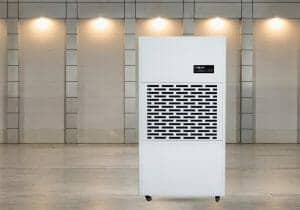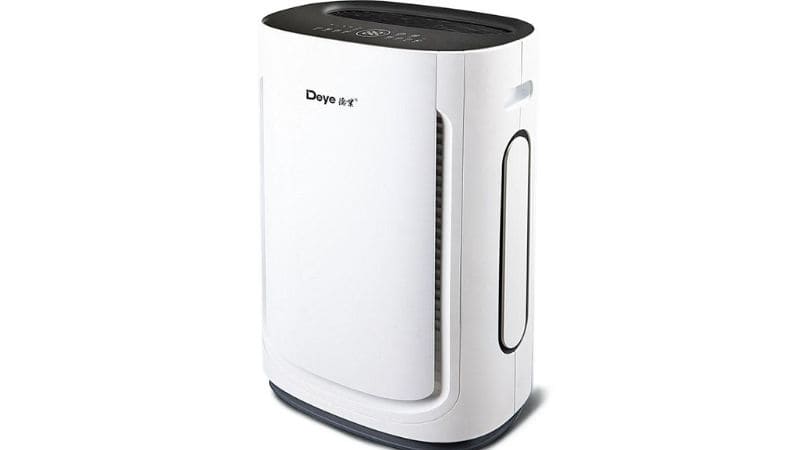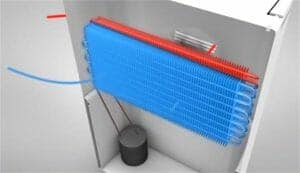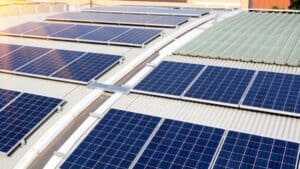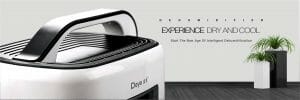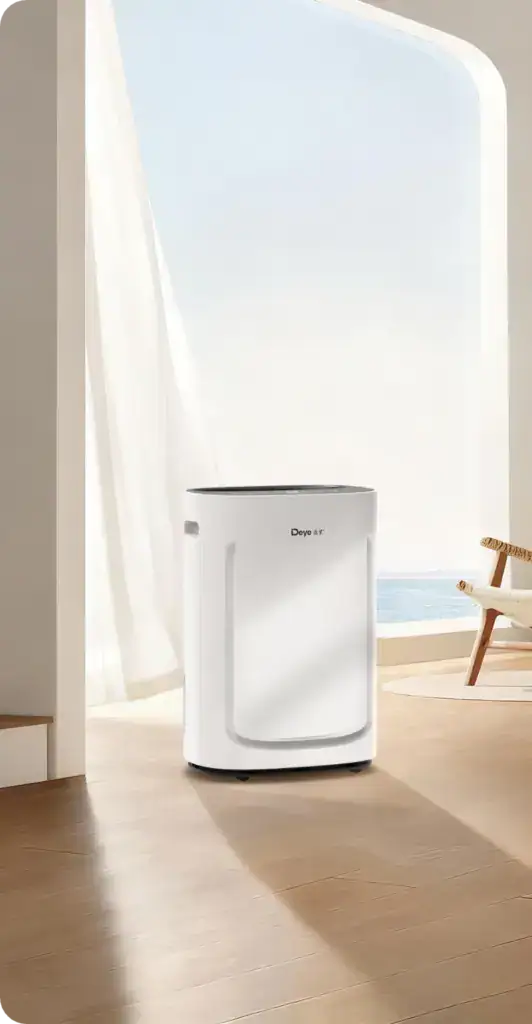Are you thinking about adding solar panels to your home? You might be wondering about the best way to set them up. Two popular options are microinverters and power optimizers. These devices help your solar panels work better, especially when some panels are in the shade.
Microinverters turn DC power from each panel into AC power right at the panel, while power optimizers adjust the DC power before sending it to a central inverter. Both can boost your solar system’s output, but they work in different ways.
Let’s look at how these two options stack up so you can pick the best one for your home.
From DC to AC: The Role of Inverters in Solar Systems
Your solar panels make DC power. But your home uses AC power. Inverters change DC to AC so you can use the electricity.
This change is key. Without it, solar power wouldn’t work for homes. Inverters also match the power to your home’s needs.
Good inverters are very efficient. They waste little power in the change. Most turn over 95% of DC power into usable AC.
Inverters do more than just change power type. They also track how much power your system makes. This helps you see how well it’s working.
Types of Inverters: String Inverters and Microinverters
String inverters are the basic type. They connect to a string of panels. They’re cheaper and simpler to install.
But string inverters have downsides. If one panel in the string has issues, it can lower output for all of them.
Microinverters attach to each panel. They change DC to AC right at the panel. This means each panel works on its own.
Microinverters cost more up front. But they can make your system work better over time. They’re great for roofs with some shade.
They also make it easy to add more panels later. You can grow your system bit by bit if you want.
Pros and Cons of Microinverters
Microinverters offer unique benefits and challenges for solar panel systems. They change how panels work together and affect system performance in different ways.
Benefits of Using Microinverters
Microinverters boost the efficiency of each solar panel. They let panels work on their own, so shading on one panel won’t hurt the others. This means your system makes more power, especially in tricky spots.
You can keep an eye on how each panel is doing. This makes it easier to spot and fix issues quickly. Microinverters also last a long time, often as long as your solar panels.
These devices are safer because they use low-voltage AC power. This cuts down on fire risks. Plus, you can add more panels easily if you want to grow your system later.
Deye makes microinverters that work well in harsh weather. They can handle heat, cold, and humidity better than some other options.
Challenges and Considerations
The main downside of microinverters is their higher upfront cost. You’ll pay more at first compared to other inverter types. But remember, they might save you money over time with better performance.
Installing microinverters can be trickier. You need to put one on each panel, which takes more time and effort. This can make roof work more complex if you ever need to fix something.
Heat can be tough on microinverters since they sit right under the hot panels. Some models might not last as long in very warm climates.
Battery storage can be more limited with microinverters. They usually only work with AC-coupled batteries, which might not fit everyone’s needs.
Replacing a broken microinverter means climbing on the roof. This can be more of a hassle than fixing a single inverter on the ground.
Advantages and Drawbacks of Power Optimizers
Power optimizers offer some key benefits for solar systems, but they also have a few downsides to consider. Let’s look at how they can boost panel output and where they may fall short.
Maximizing Solar Panel Efficiency
Power optimizers can help you get more energy from your solar panels. They attach to each panel and track the best voltage for peak power. This means panels work better even if some are in shade or dirty.
You’ll see less power loss from mismatched panels too. Optimizers let each panel run at its best, so one weak panel won’t drag down the whole system. This flexibility is great for roofs with tricky layouts or partial shade.
Potential Limitations of Power Optimizers
While helpful, power optimizers do have some drawbacks. They cost more upfront than a basic string inverter setup. You’ll need to weigh if the extra output is worth the higher price.
Optimizers still rely on a central inverter, which can be a weak point. If that inverter fails, your whole system stops working. You may need to replace both optimizers and the inverter after 10-15 years.
Heat can also be an issue. Optimizers create some warmth as they work, which may shorten their life. In very hot climates, this could be a bigger problem.
Lastly, optimizers add more parts to your roof. This means more spots where something could go wrong over time. You might face higher repair costs down the road.
Installation and Scalability Insights
Choosing between microinverters and optimizers impacts how you set up and expand your solar system. These choices affect installation ease, system growth, and long-term performance.
Compatibility With Solar Panel Systems
Microinverters work well with many types of solar panels. You can put them on each panel, making installation straightforward. This setup is great for complex roof layouts. Optimizers also fit on each panel but need a central inverter too.
Solar installers often find microinverters easier to work with. They don’t have to deal with high DC voltage strings. This can make the job safer and quicker.
For tight budgets, optimizers might be cheaper at first. But microinverters could save you money over time. They’re easier to fix if one part breaks.
Future-Proofing Your Solar Energy System
Microinverters make it easy to add more panels later. You can expand your system panel by panel. This is great if you’re not sure about your future energy needs.
With optimizers, you’re limited by your central inverter’s size. You might need a new inverter to add more panels. But optimizers can be a good choice if you know your exact energy goals.
Both options let you track each panel’s performance. This helps you spot and fix issues fast. You’ll get the most out of your solar energy system for years to come.
Performance Monitoring and System Maintenance
Keeping an eye on your solar system’s output and taking care of it are key to getting the most from your investment. Both microinverters and power optimizers offer ways to track performance and handle upkeep, but with some important differences.
Real-Time Data and Solar Performance
Microinverters and power optimizers give you detailed info on how each solar panel is doing. You can see energy output for every panel in real-time. This helps spot issues fast, like a panel that’s not working well because of shade or dirt.
With microinverters, you get data straight from each panel. Power optimizers send info to a central inverter first. Both let you check performance on your phone or computer.
Tracking panel-by-panel helps you catch problems early. You can fix small issues before they hurt your whole system’s output.
Ease of Access and Maintenance Requirements
Microinverters are under each panel on your roof. If one breaks, you only need to fix that one part. But getting to them means climbing on the roof, which can be tricky.
Power optimizers also sit under panels, but they work with a main inverter on the ground. If the main inverter breaks, your whole system stops. But it’s easier to reach for repairs.
Both types are built to last, but parts can wear out. Microinverters might need replacing after 10-15 years. Power optimizers often last longer, but the main inverter might need replacing sooner.
Regular check-ups help catch wear and tear early. This keeps your system running smoothly and producing more power for longer.
Cost Analysis and Economic Considerations
Microinverters and optimizers have different price points and long-term financial impacts. Your choice can affect your solar system’s upfront costs and savings over time. Let’s look at the money side of these technologies.
Investment and Long-Term Savings
Microinverters often cost more upfront. You’ll pay about $100-$200 per panel. But they can last 25 years or more. This matches the lifespan of your solar panels.
Optimizers are cheaper at first. They run $50-$100 per panel. But you’ll need a central inverter too. This adds $1,000-$2,000 to your bill. The central inverter might need replacing after 10-15 years.
Think about repair costs. If one microinverter breaks, you only fix that unit. With optimizers, a problem with the central inverter affects your whole system.
Contact Deye solar energy experts to crunch the numbers for your specific case. We can help you pick the most cost-effective choice for your home and budget.

